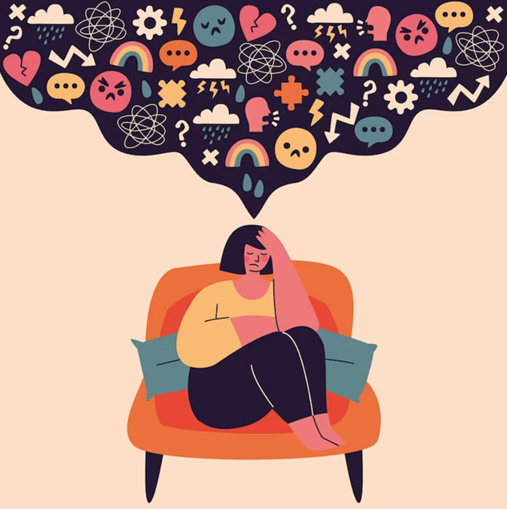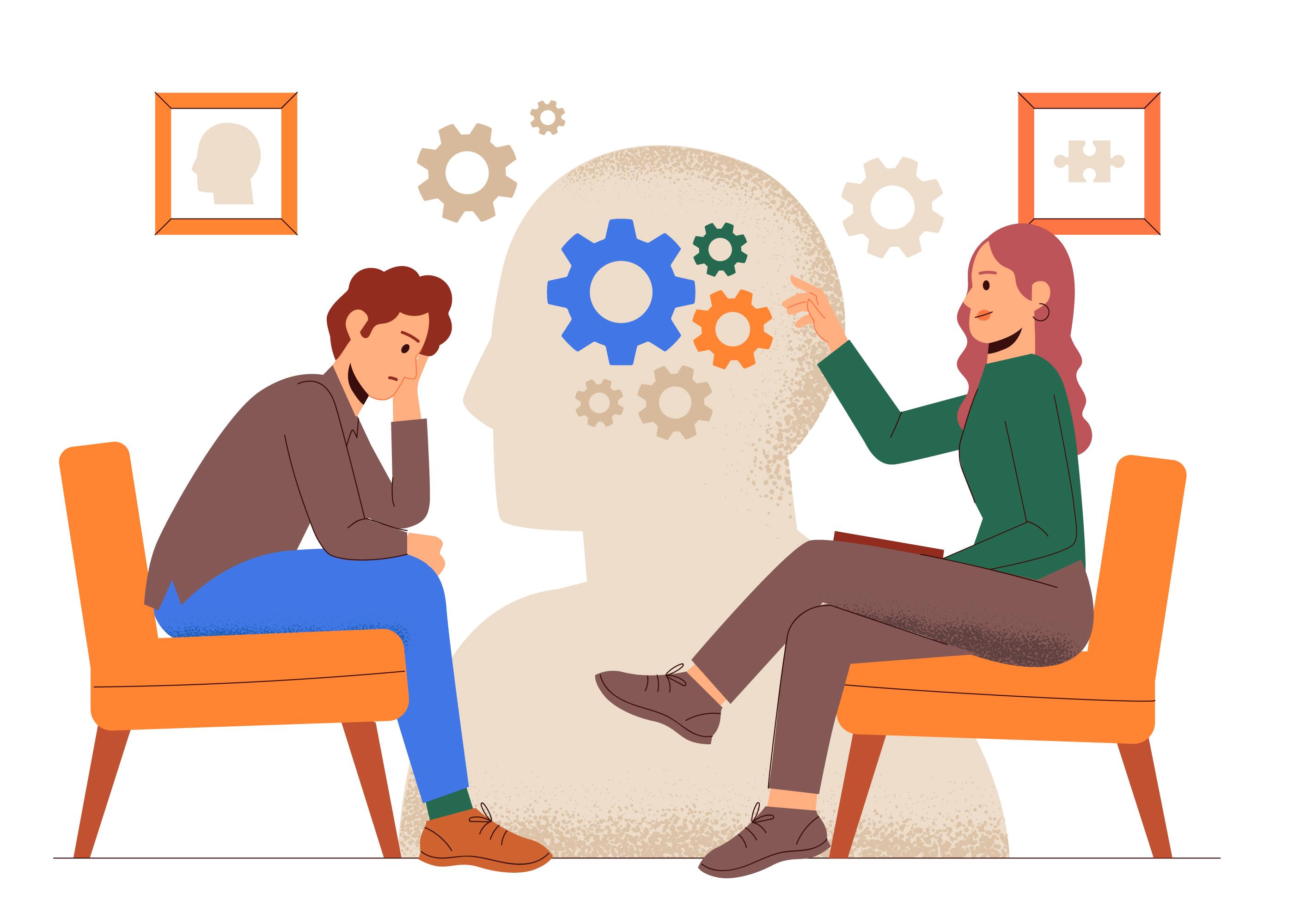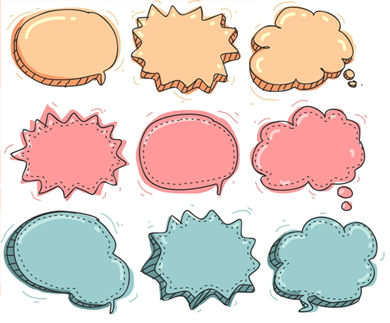
Connection between thoughts and feelings
The Nexus Within: Exploring the Deep Ties Between Thoughts and Emotions
Our thoughts and feelings are intricately connected. The way we think about things can directly impact how we feel, and vice versa. For example, if you experience a lot of stress at work, you might start to feel very anxious and tense all the time. This is because your thoughts about work are causing you to feel this way. Similarly, if you think positively about a situation, you are more likely to feel happy and content.
The connection between thoughts and feelings is so strong that it has been studied extensively by psychologists. One of the most well-known models of this connection is the Cognitive Behavioural Therapy (CBT) triangle1. This model shows that our thoughts, feelings, and behaviours are all interconnected. Thoughts are at the top of the triangle, with feelings at the bottom right point, and behaviours on the left.
When we have a thought, it can trigger an emotional response. For example, if you think that you are going to fail an exam, you might feel anxious and stressed. This emotional response can then lead to certain behaviours, such as procrastination or avoidance. In turn, these behaviours can reinforce the negative thoughts and feelings, creating a vicious cycle.
However, the good news is that we can use this connection to our advantage. By changing our thoughts, we can change our feelings and behaviours. For example, if you are feeling anxious about an upcoming exam, you can challenge your negative thoughts by asking yourself questions like “What evidence do I have that I will fail?” or “What is the worst that could happen?” This can help you to feel more confident and less anxious.





